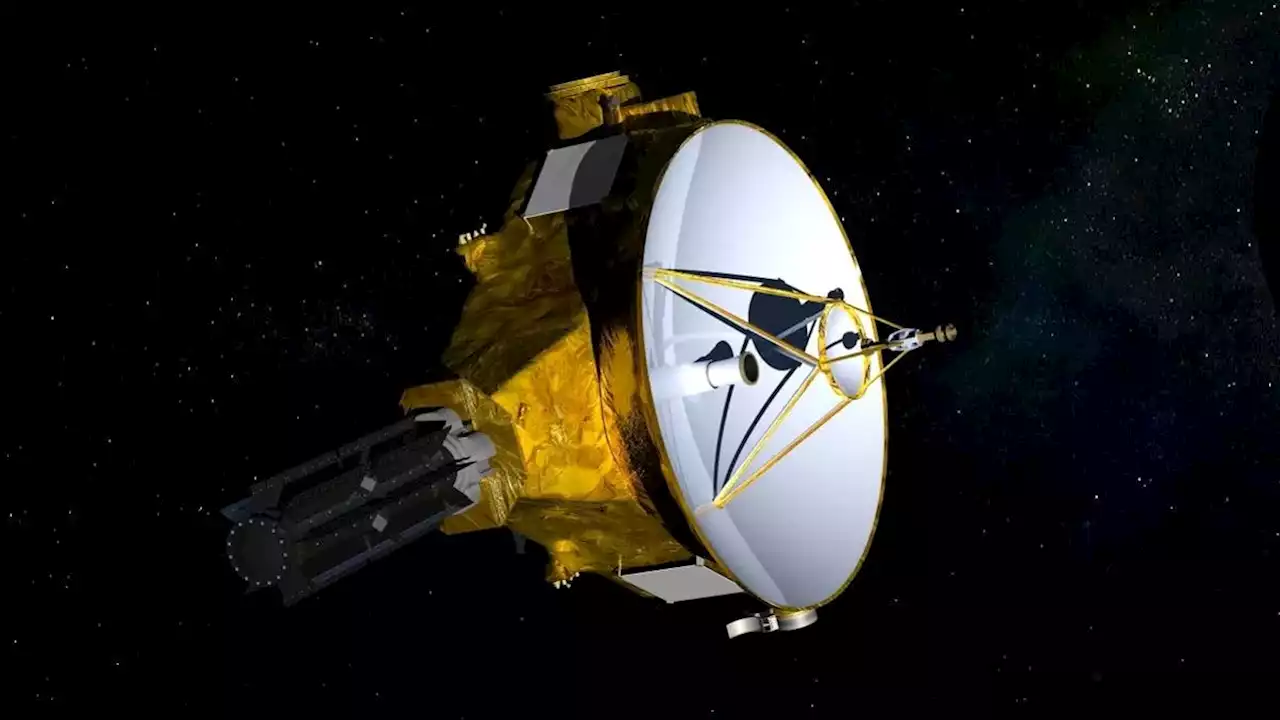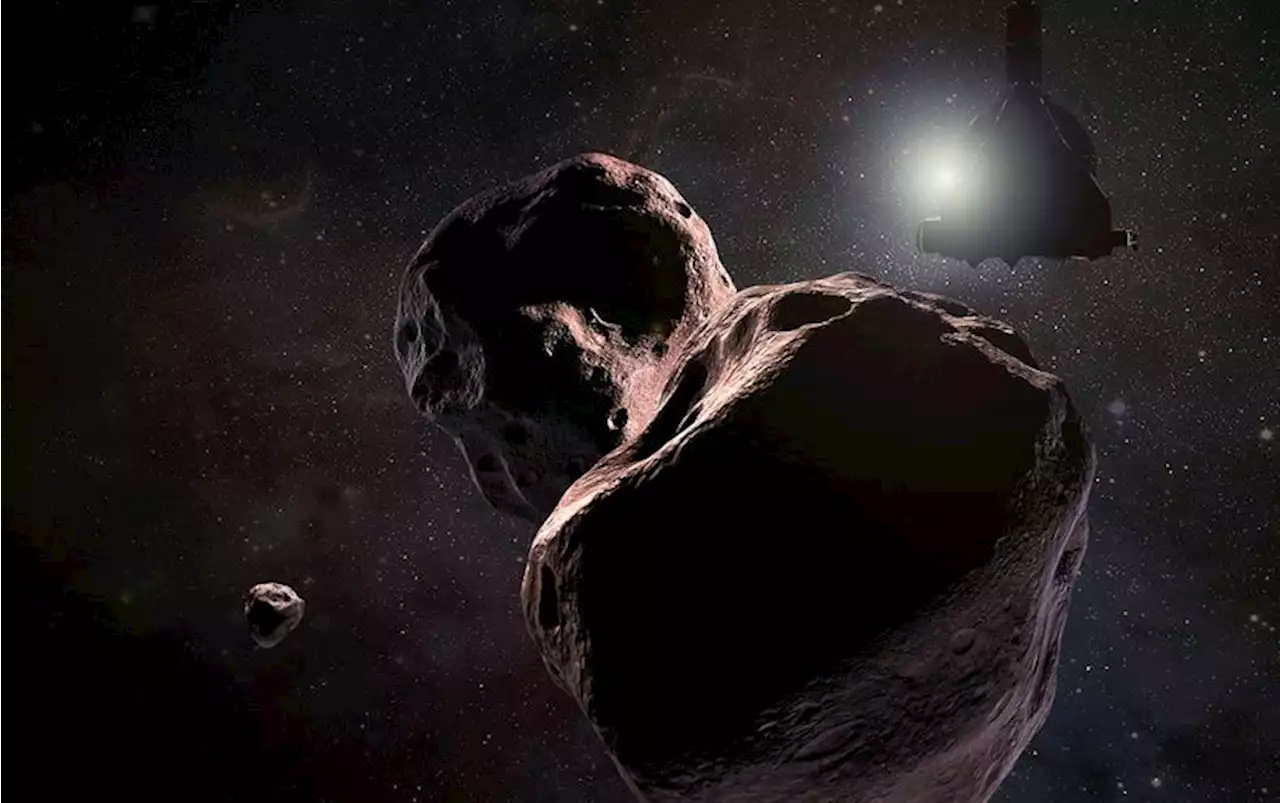NASA has reversed course on plans to curtail the New Horizons spacecraft’s planetary science studies following a rebellion among the mission’s leaders
It’s lonely out there in the desolation that reigns where NASA’s New Horizons spacecraft now cruises on its one-way trip out of our solar system, with little to pass the time besides sniffing whiffs of plasma and stargazing. After nearly two decades of deep-space operations, the probe is currently more than eight billion kilometers from Earth.
Alan Stern, a planetary astronomer at the Southwest Research Institute, who leads the New Horizons mission, welcomed the decision. “It is good news for Kuiper Belt exploration and very much welcomed by our team and also by the planetary science community,” he says. Pontus Brandt of the Johns Hopkins University Applied Physics Laboratory was similarly jubilant. “The community and I are thrilled that this logjam is finally broken,” he says. “This was the right decision for Kuiper Belt science.
Such a heliocentric shift would have greatly limited the mission’s scientific output, says Jim Green, NASA’s former chief scientist and former head of its planetary science efforts. “It basically pares down the science team to next to nothing and really operates the spacecraft with a minimal cadre,” he says. “From my perspective, if I was the division chief, I would not have made that decision.
Stern says the mission still has much to offer as it moves through the Kuiper Belt, including feats that cannot be replicated on Earth, such as observing the changing brightness of KBOs as they rotate. “When you do that repeatedly from different angles, you can determine the shape,” he says. “But you can never do that from Earth because you never see the KBOs from significantly different angles.
United States Latest News, United States Headlines
Similar News:You can also read news stories similar to this one that we have collected from other news sources.
 NASA's New Horizons to continue exploring outer solar systemNASA has announced an updated plan to continue New Horizons' mission of exploration of the outer solar system.
NASA's New Horizons to continue exploring outer solar systemNASA has announced an updated plan to continue New Horizons' mission of exploration of the outer solar system.
Read more »
 NASA's New Horizons granted extended outer solar system missionThe decision to expand New Horizons' mission to explore a potential object in the Kuiper Belt, and not just the Sun, comes as a great relief to scientists.
NASA's New Horizons granted extended outer solar system missionThe decision to expand New Horizons' mission to explore a potential object in the Kuiper Belt, and not just the Sun, comes as a great relief to scientists.
Read more »
 NASA extends New Horizons mission through late 2020s'The agency decided that it was best to extend operations for New Horizons until the spacecraft exits the Kuiper Belt, which is expected in 2028 through 2029.'
NASA extends New Horizons mission through late 2020s'The agency decided that it was best to extend operations for New Horizons until the spacecraft exits the Kuiper Belt, which is expected in 2028 through 2029.'
Read more »
 NASA Uncovers Hidden Vertical Motion: Areas of New York City Are Sinking and RisingScientists using space-based radar found that land in New York City is sinking at varying rates due to human and natural factors. A few spots are rising. Parts of the New York City metropolitan area are sinking and rising at different rates due to factors ranging from land-use practices to long-l
NASA Uncovers Hidden Vertical Motion: Areas of New York City Are Sinking and RisingScientists using space-based radar found that land in New York City is sinking at varying rates due to human and natural factors. A few spots are rising. Parts of the New York City metropolitan area are sinking and rising at different rates due to factors ranging from land-use practices to long-l
Read more »
 NASA Seeks Feedback on Requirements for New Commercial Space StationsNASA is asking American companies to provide input on the agency’s requirements for end-to-end services as part of the Commercial Low-Earth Orbit Development
NASA Seeks Feedback on Requirements for New Commercial Space StationsNASA is asking American companies to provide input on the agency’s requirements for end-to-end services as part of the Commercial Low-Earth Orbit Development
Read more »
